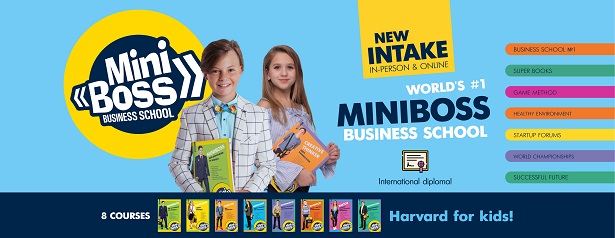
When you see things from multiple perspectives, you realize you can achieve almost anything you want in far less time than you imagined.
1. Learn to apply, not to procrastinate "the work"
"The key secret to success is not excessive expertise, but the ability to use it. Knowledge is worthless unless it is applied" - Max Lukominskyi
Learning is best done while you’re doing the activity. Public education has taught people they must first master theory, then attempt to transfer that theory into the real world. In a similar way, people’s love for information via the internet has led them to use "learning" as a form of procrastination.
A better approach is "context-based learning", where you learn while doing.The key principles of context-based learning include:
- Learn a concept in its simplest form.
- Put your rudimentary knowledge to practice in a real-world scenario.
- Get coaching and feedback (feedback often comes in the form of "failure").
- Apply the feedback through repetitious practice.
- Get coaching and feedback.
- Repeat until proficient.
In our digital world, simulation training - based on role-playing real-world scenarios - is becoming increasingly popular.
Additionally, research has found that getting consistent feedback is essential to effective learning. You can use this. By making your work public, you get immediate feedback.
Getting immediate feedback has been found to be a flow trigger. It heightens performance. Especially when the feedback is real world, and there are real consequences for success and failure.
2. Focus on quantity in the beginning
"Plant a lot, harvest a few" - Seth Godin
In the book Originals: How Non-Conformists Move the World, Adam Grant explains that "originals" (i.e., people who create innovative work) are not reliable. In other words, not everything they produce is extraordinary.
For example, among the 50 greatest pieces of music ever created, six belong to Mozart, five are Beethoven’s, and three Bach’s. But in order to create those, Mozart wrote over 600 compositions, Beethoven 650, and Bach over 1,000.
Similarly, Picasso created thousands of pieces of art, and few are considered to be his "great works". Edison had 1,900 patents, and only a handful we would recognize. Albert Einstein published 248 scientific articles, only a few of which are what got him on the map for his theory of relativity.
Quantity is the most likely path to quality. The more you produce, the more ideas you will have — some of which will be innovative and original. And you never know which ones will click. You just keep creating.
3. Think laterally
"Lateral thinking doesn’t replace hard work; it eliminates unnecessary cycles" - Shane Snow in Smartcuts: How Hackers, Innovators, and Icons Accelerate Success
Most of the United States presidents spent less time in politics than the average congressman. Moreover, the best, and most popular presidents, generally spent the least amount of time in politics. Rather than spending decades climbing the tedious ladder with glass ceilings, they simply jumped laterally from a different, non-political ladder.
Ronald Reagan was an actor. Dwight Eisenhower laterally shifted from the military. Woodrow Wilson bounced over from academia. These men spent considerably little time in politics and became fabulous presidents. They reached the top by skipping the unnecessary "dues-paying" steps. Insanely productive people think the same way. Rather than climbing up ladders the traditional ways, they think of alternative routes. They skip unnecessary steps by pivoting and shifting.
Shane Snow himself used this tactic to get published on some of the biggest media outlets in the world within six months of blogging. How did he do it? He started by pitching articles to low level blogs with basically no bar of entry. After getting a few articles published on those, he leveraged his new position and pitched to slightly higher level blogs.
He did this by sending editors of the slightly "better" blogs an email reading something like: Hello, I’ve written at these blogs which reach similar audiences as your blog. Here’s an article I think would be a great fit for your audience.
Because the editors of those blogs knew about the blogs Snow had been published on, he was able to be published on theirs as well. He followed this pattern over and over until, within six months, his work was published at Fast Company and others.
Achieving your goals is very doable. It need not take as long as you may have previously assumed.
There is no fixed limit on how much you can learn and grow. There is no fixed amount of time it must take.
A source



